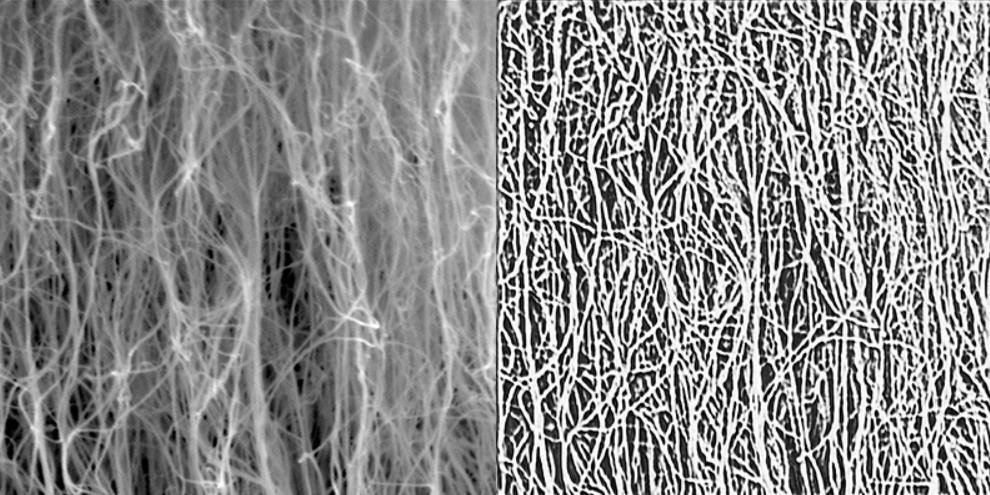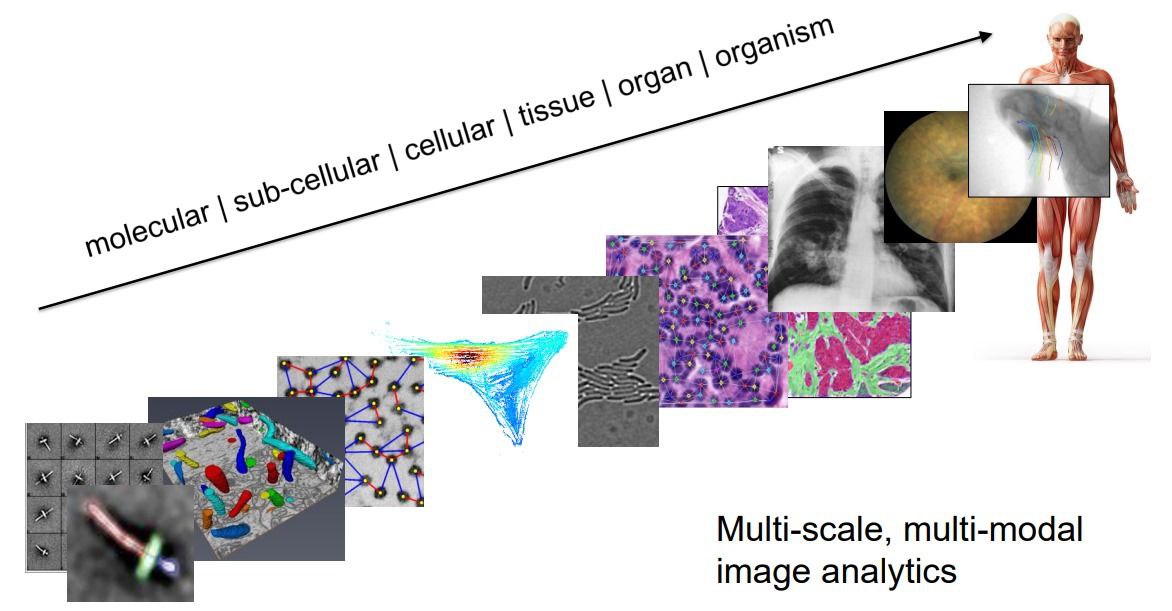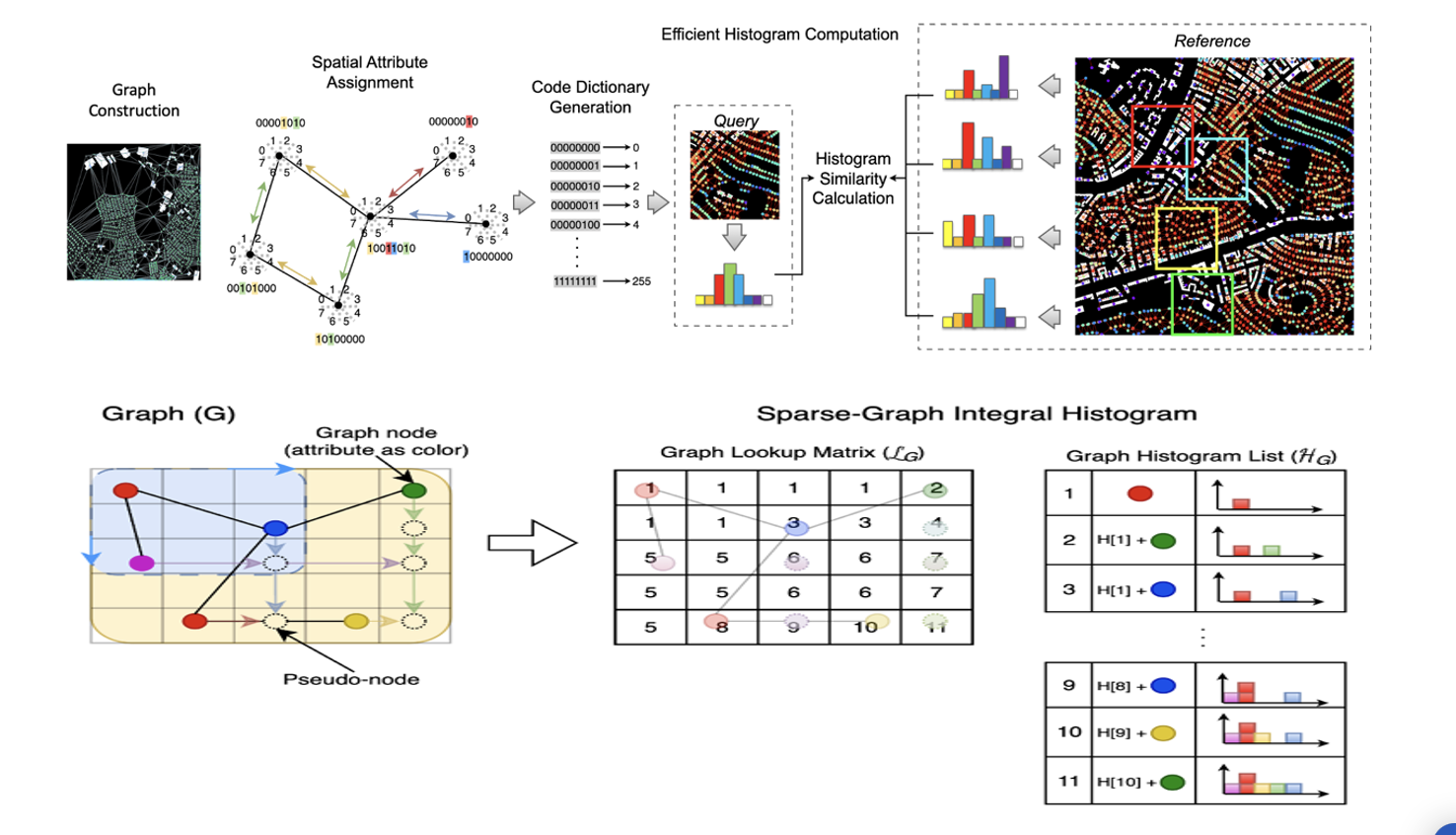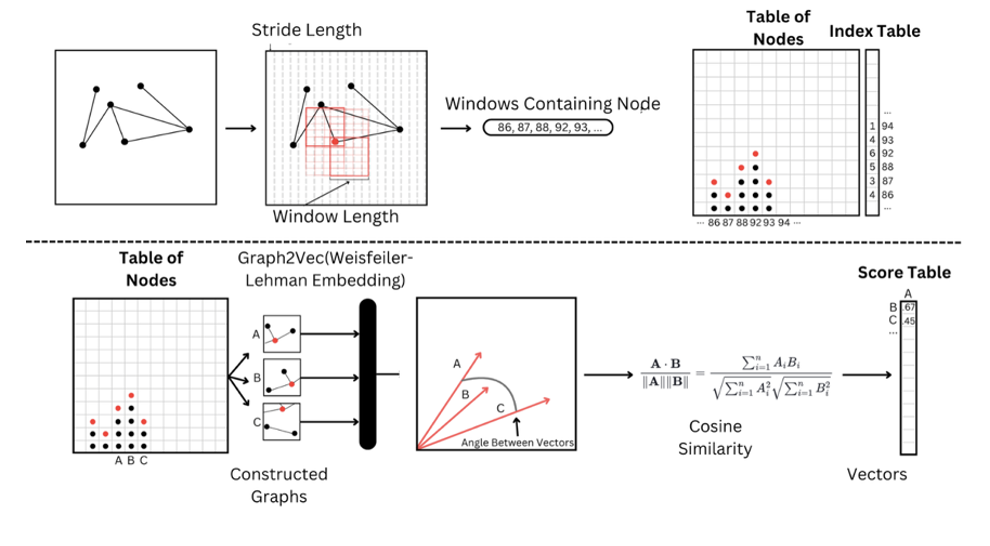Research
MAVI lab’s research is focused on the development of AI/ML-driven methods for image data analysis. The systems we develop are applied across various domains, including interdisciplinary collaborations to advance scientific discovery in life and material sciences, evidence-based medicine, and geospatial image analysis for applications such as aerial surveillance, disaster monitoring, and precision agriculture.
Mavi lab’s key scientific contributions and on-going research works in this performance period are:
Electron microscopy image analytics for autonomous material discovery: Mavi lab has been developing AI/ML-driven approaches for the automated characterization of micro and nano-scale materials. We have introduced several innovative methods that incorporate cutting-edge concepts such as weak supervision, self-supervision, and neural radiance fields. These techniques are crucial for predicting correlations between structural morphology and physical properties, enabling non-destructive measurement of material properties, providing real-time feedback during the material synthesis, and ultimately accelerating material discovery, design, and manufacturing. In addition to characterization, we have also developed novel neural style transfer pipelines that enabled generation of photo-realistic, structure-aware synthetic images of nano-scale materials. This generative AI pipeline allows the research community to generate large quantities of diverse training data at minimal cost, facilitating the development of more robust AI models. Together, our AI/ML-based methods for nano-scale material image analytics and synthesis represent significant advancements toward AI-driven material characterization and ultimately autonomous material discovery. These efforts have been funded through NSF and Army-ERDC grants.

Medical image analytics: Mavi lab has been developing AI/ML-driven approaches for automated analysis of medical image and video data. Our research in medical image analytics primarily centers on two key projects: the computational analysis of upper airway function and the study of microvascular remodeling. In collaboration with an interdisciplinary team of faculty, we have made significant contributions to the objective and quantitative assessment of upper airway speech and swallowing dysfunctions caused by neurological disorders. We have pioneered several innovative computer vision and machine learning methods and developed advanced image analysis pipelines to analyze diverse data modalities, from electron microscopy to endoscopy and CT/MRI. Additionally, we have created novel AI/ML-based methods for the automated extraction of blood and lymphatic vascular networks to enable quantitative morpho-dynamic characterization of cerebrovascular changes in the brain and dura mater. These medical image analysis methods and pipelines enable domain experts to shed light on important anatomical and functional changes and provide a more comprehensive understanding of neurological conditions. These efforts have been funded through NIH grants.

Geospatial image analytics: Automated analysis of remote sensing images is a crucial first step for a wide range of applications, including navigation and mapping, surveillance, environmental monitoring, urban planning, and disaster response and management. As aerial imaging has become increasingly accessible and affordable, with platforms ranging from drones to satellites, the need for efficient image analysis has grown exponentially. Advances in AI/ML techniques offer significant opportunities to address this challenge more effectively and at scale. In our lab, we have been developing novel AI/ML and graph-based methods for analysis of geospatial data, with applications spanning from accurate building and road segmentation to more complex tasks like describing and predicting urban neighborhood patterns and forecasting crop performance and yield. Our methods incorporate custom deep learning network architectures and novel loss functions, allowing for more precise and scalable solutions. These research efforts have been supported by funding from the Army-ERDC.

Highlighted

All
2025



